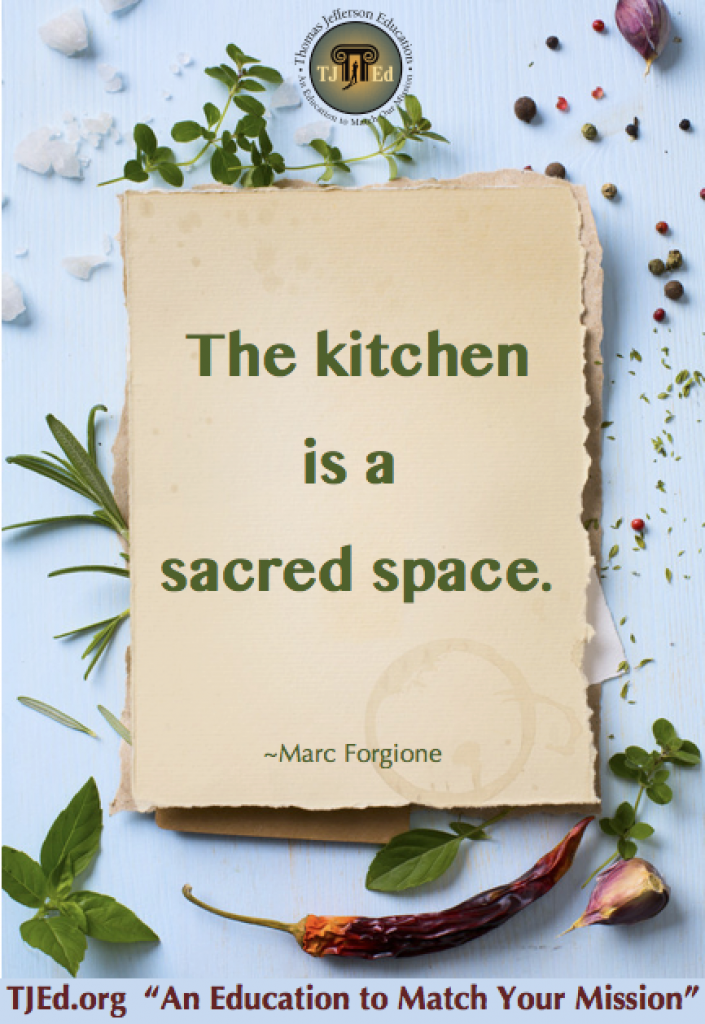 So much of what happens in a great homeschool takes place in the kitchen.
So much of what happens in a great homeschool takes place in the kitchen.
Of course, you may already have your schoolroom, and/or a living room where everyone reads together, and various other places where learning takes place.
In our book The Phases of Learning we outlined a number of other TJEd appliances for every home, including the TJEd-style Bookshelf, the TJEd-style Closet, and so on.
But somehow we never made the kitchen a key part of that—or any other—book. We did outline 55 Ingredients for a great homeschool, but we didn’t focus on the important role a kitchen can play.
It’s time to change that oversight, right now.
Why the Kitchen? The Heat!
Harry Truman famously said:
If you can’t stand the heat, get out of the kitchen.
Often, when we invert such a declaration we can discover an equal and opposite truth. Let’s see if that works:
If you want to heat things up, get in the kitchen.
In our experience, this is absolutely true! The amazing “heat” in the TJEd Kitchen transfers energy in several powerful ways.
Convection
With convection, warmer air rises, while cooler air falls. In the TJEd sense of the heat, time spent in the kitchen together – preparing meals, washing dishes, things we do several times each day – can create memories, bonds and moments where the high-value experiences rise and the harder or lower-value things become less front-and-center in our relationships, experiences and learning. Great ideas rise. Great conversations rise. Great moments rise.
Conduction
With conduction in the TJEd Kitchen, the “Heat” is transferred from one to another. The love, interests, curiosity, humility, courage, gratitude and more of one person can be shared by direct contact in the kitchen.
Radiation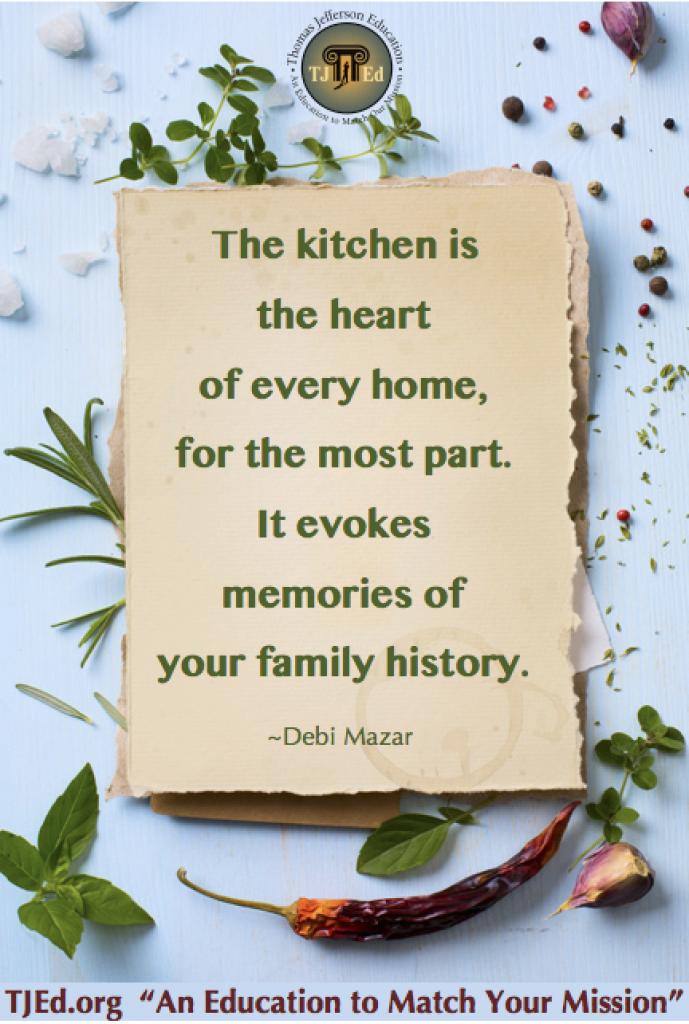
Radiation is the heat we feel emanating from a source. In the TJEd Kitchen, the parents in particular can emanate the “Heat”: a passion for learning, an interest in a variety of subjects and skills, a character that is pure and kind, etc. And everyone can have an opportunity to share their warmth in this way, being a source of “Heat” that others can be warmed by as the dynamic needs of the family ebb, flow and change.
In addition to these, consider also what the following statements might mean about your Kitchen interactions:
- Heat is a catalyst.
- Heat forges bonds.
- Heat promotes movement on a deep level.
- Heat tempers metal.
- Heat releases impurities.
When the kitchen becomes a hub of activity (not just for cleaning or getting food onto plates) it can become a heartbeat in the home. It generates a “heat” that forges bonds, animates deeper thinking and sharing, and facilitates the transfer of ideas, values, experiences and vision.
How is this done?
Kitchen Magic
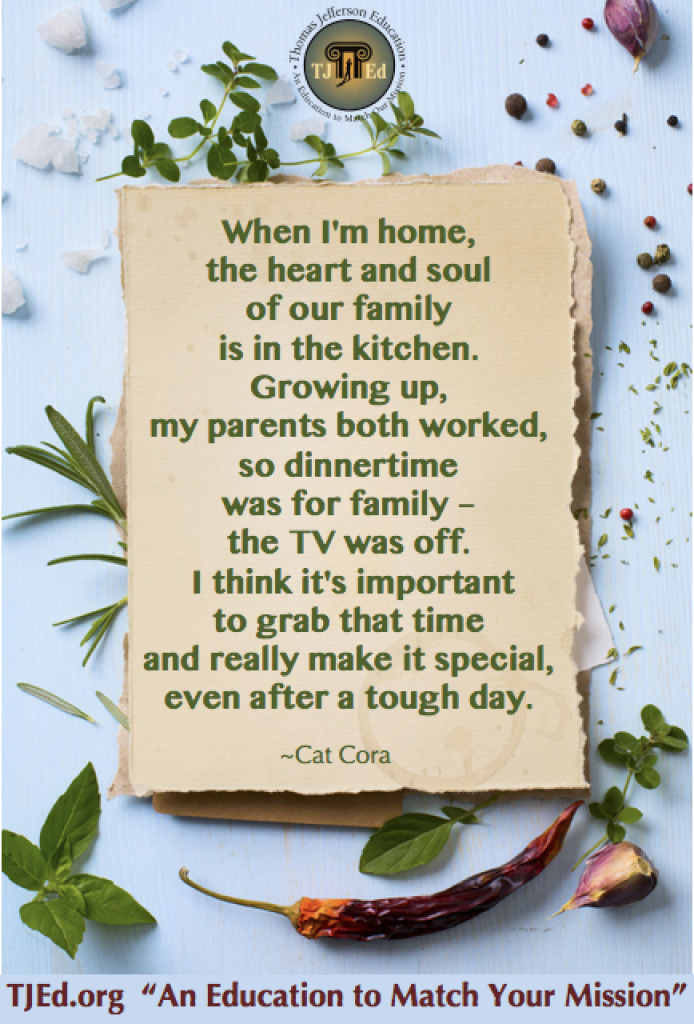 Let’s be clear. Any great education intersects with the kitchen. A lot. If you don’t eat, you don’t learn. (Obviously.)
Let’s be clear. Any great education intersects with the kitchen. A lot. If you don’t eat, you don’t learn. (Obviously.)
But the connection goes far deeper. The truth is, as important as reading and studying are to a quality education, there is something even more central. Something even more at the core of great learning.
This something is simple: Conversation. Dialogue. Discussion. And it makes a huge improvement in any home or educational setting: chatting, listening, and just plain talking about things.
The quality of your discussions with the children and youth you mentor has a direct, lasting, powerful influence on how much they learn, how much they like to learn, and how much they actually want to learn. Conversations and dialogues are a key part of any excellent education, and for homeschoolers this means that at least one (and preferably two) of the parents are actively engaged in ongoing discussions with every child and youth.
This may all sound obvious, but too often it falls by the wayside in the busy modern lives of most families. Parents who spark a lot of conversations with each child are going to see learning occur at a much higher level than those who don’t. Period.
And few places in the world, not to mention in your home, are as perfect for fun and educational conversations as the kitchen! This is a big deal. Yet it is so simple.
Talk!
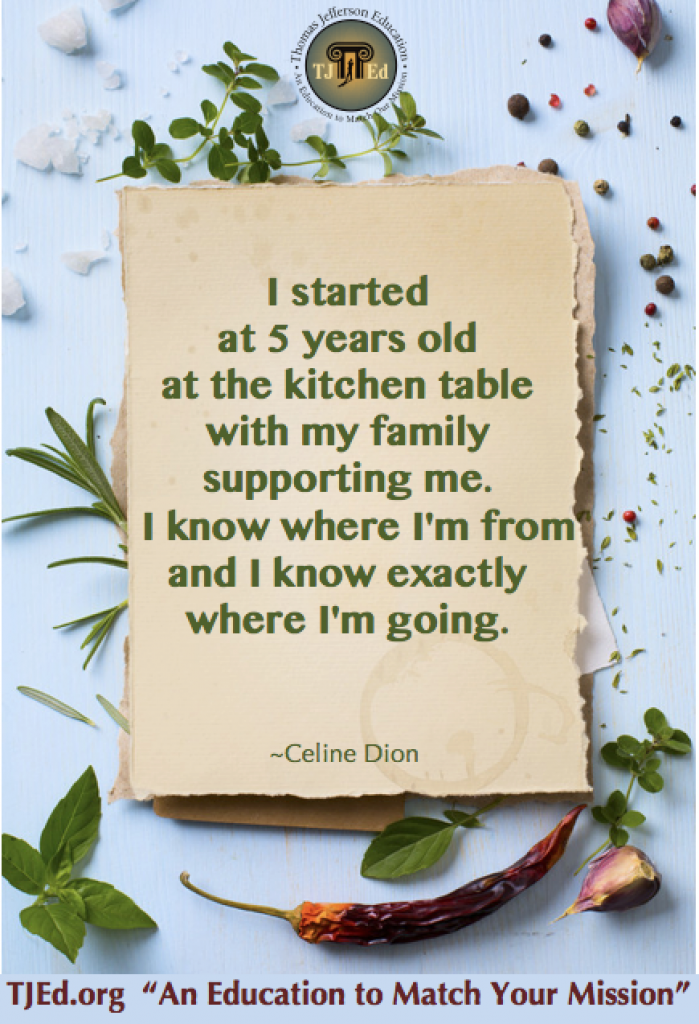 For homeschoolers, especially parents who help their kids experience classics and mentors, washing dishes never needs to be just washing dishes. It can include an informal discussion about the latest book you’re reading. Or one the young person is reading. It’s amazing how fast dishes seem to get washed when the kitchen is filled with thoughts about Where the Red Fern Grows, Little Britches, or Pride and Prejudice.
For homeschoolers, especially parents who help their kids experience classics and mentors, washing dishes never needs to be just washing dishes. It can include an informal discussion about the latest book you’re reading. Or one the young person is reading. It’s amazing how fast dishes seem to get washed when the kitchen is filled with thoughts about Where the Red Fern Grows, Little Britches, or Pride and Prejudice.
Time will fly. And learning will increase. Time to prepare lunch, or cook dinner? Add in some Les Miserables music and talk about the themes it covers. Or play a fractions game while you cut up oranges or tomatoes. Laugh. Talk. Discuss.
Just talking about learning is incredibly powerful in such an informal setting. Ask your son what his top 3 interests are, and listen to his thoughts and feelings as he ponders and responds. Ask you daughter what her favorite books are, and you’re often in for a wonderful treat. Talking together is a lost art in the modern world of mobile phones, sound systems that take over your cars as you travel, and busy schedules.
Talk more in the kitchen and during meals.
If you can’t think of the perfect thing to discuss right off the bat, keep a list of books everyone in the family is reading right now posted on the fridge. Just glance at it and start talking about one of the books—meal after meal, day after day. Add another list of projects/topics each person is working on, and talk about one of them while preparing breakfast. Say, “Johnny, I was thinking about you last night, and…” Just start talking…
Make it fun. Do it over and over.
The kitchen is a fantastic TJEd schoolroom. Just don’t make it formal. Keep things fun, light, informal, and keep doing it. Or, if this feels big to you, just do it today. Try it at lunchtime and again at dinner. See how it goes. You’re going to like it.
Food and Proverbs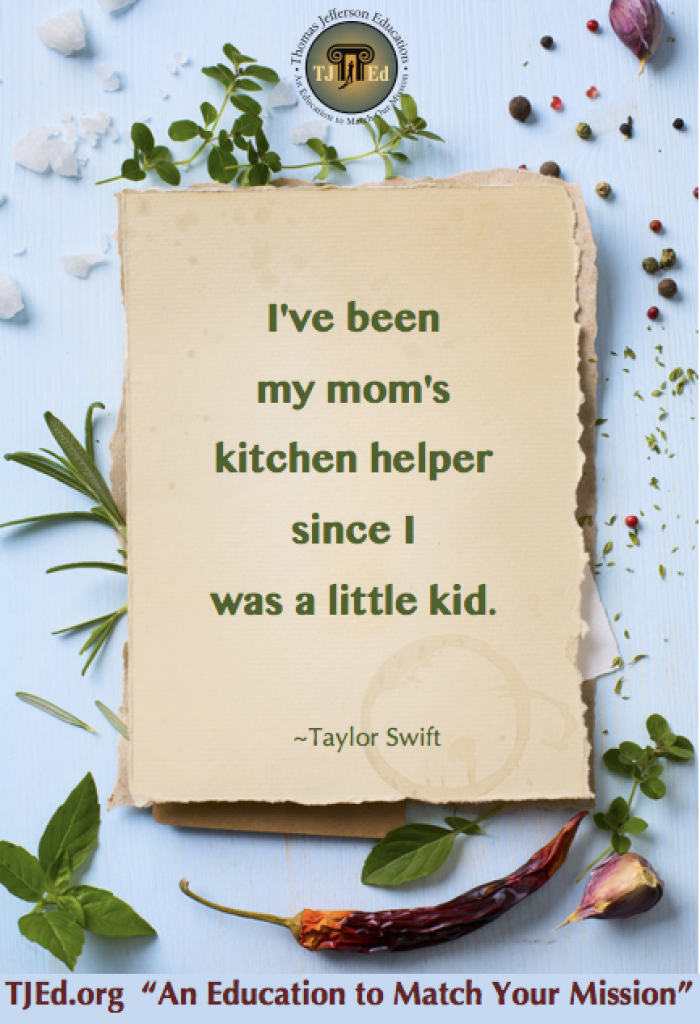
If you’re eating on the run today, pass out the tacos to everyone in the car and say, “Hey, I’ve been reading Farmer Boy, you know, from the Little House on the Prairie series, and I love how it discusses food. In fact, I noticed how in Little Britches and Laddie and a lot of kids’ books the topic often turns to food. Why do you think books do that?”
Or, think of whatever is on your mind from your readings and bring them up. In a series about one of Oliver’s favorite fictional characters, Milo Talon, author Louis L’Amour discusses how the parents always talked at Milo’s dinner table while he was growing up. They discussed all kinds of important things, from books and current events (gleaned from newspapers) to history and stories about various kinds of leaders, inventors and explorers from the past.
The children were encouraged to join in, and the discussions were an important way for the parents to inspire, teach, and motivate. The kitchen and dining room are great parts of a quality homeschool learning environment. All it takes is for the parents to look around and start discussing things.
Try it. It’s fun. And it will boost and bless the whole family.
As the old saying goes: “Time in the kitchen is a terrible thing to waste.” (Actually, this isn’t really an old proverb at all, but maybe it should be.)
Your kitchen can greatly improve your homeschool. And it takes less effort than just working silently and trying to convince your kids to finish their chores.
Seriously, have some fun by turning your kitchen into a great learning kitchen, a TJEd kitchen, a fun kitchen where family members do a lot more than necessary chores—and bond, learn, and connect a lot more than most families even imagine. “The kitchen? Really? Are you kidding?”
Not at all. It works. Give it a try. (Now, honestly, it doesn’t work every day, but it’s amazing how often our kitchen is full of happy, working adults, youth and children talking in depth about the latest book or interesting idea.)
Lead out. Set the tone, get it started, and the results will make a truly positive difference in your home.
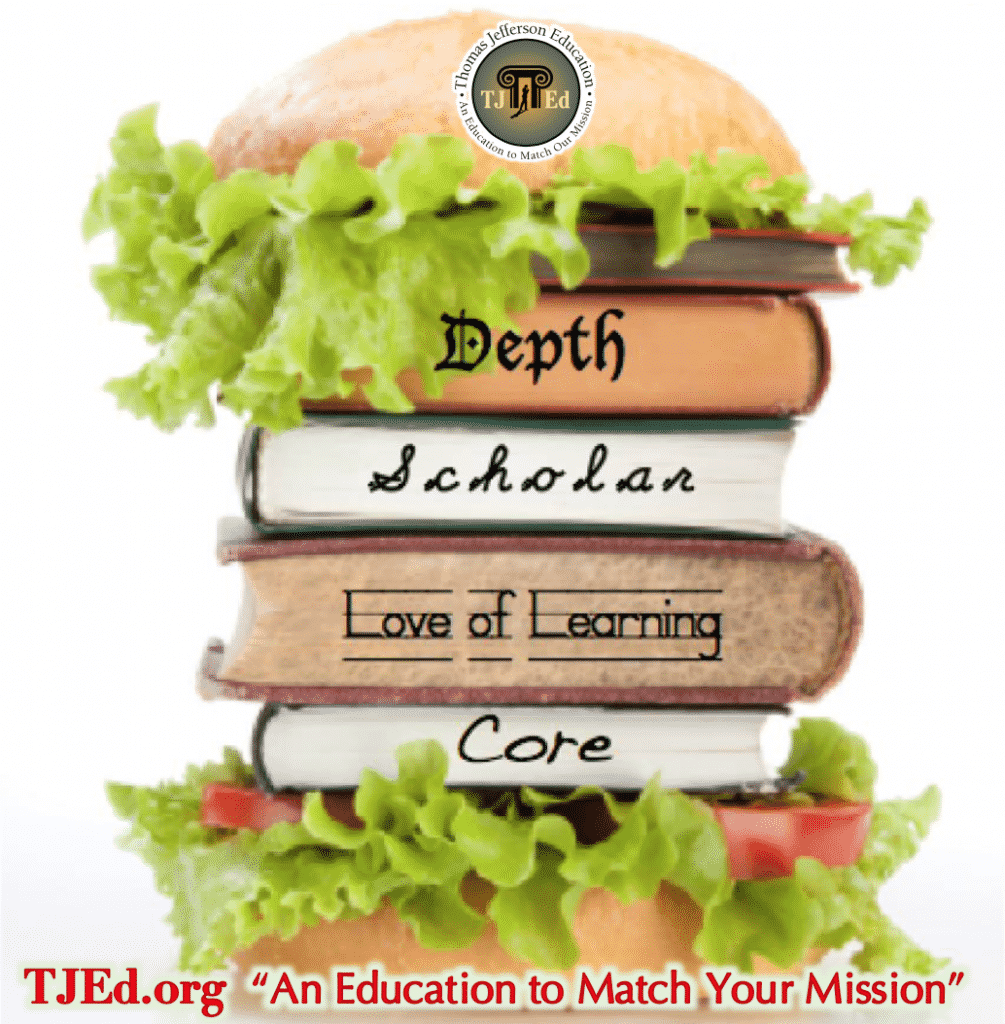 What’s Cooking?
What’s Cooking?
With all that being said about the almost-intangibles of relationships, attitudes, and honest-to-goodness connection with the joys of learning, there are also some really practical academics that are naturally taught in the kitchen; some would say they are taught best in the kitchen!
- Chemistry
- What makes a good recipe work? How does leaving certain things out change it? Why?
- How do the bubbles form in bread?
- What makes water boil?
- Why doesn’t oil boil?
- How can you fix a recipe with too much salt?
- Why do apples turn brown, and carrots not?
- What happens in the pan when veggies start to get translucent and caramelize?
- Biology
- Why does salt make sweet things taste better?
- How do taste buds work?
- How do you smell the “done-ness” of something?
- What are all those things in the chicken thigh we’re cutting?
- Why is it safer to eat uncooked this than uncooked that?
- How long does this stay fresh, and at what temperature? Why?
- What changes in a fruit that ripens on the counter? Why don’t all fruit ripen after they’re picked?
- Math
- The dozens in eggs
- The fractions in measuring cups
- The multiples in cooking for many
- The divisions in modifying a recipe when one ingredient is scarce
- Working the timer
- Working the clock
- Learning about temperature and degrees
- Planning, organizing, and multi-tasking meal preparation and cleanup
- Language Arts
- Reading a recipe
- Creating a shopping list
- Making place cards
- Preparing a menu
- Inviting people to a party
- Greeting cards and thank you notes that accompany treats you share
- Learning the language of cooking
- Foreign pronunciation and vocabulary
- Geography and World Cultures
- Experimentation
- Artistic Expression
- …and on, and on, and on

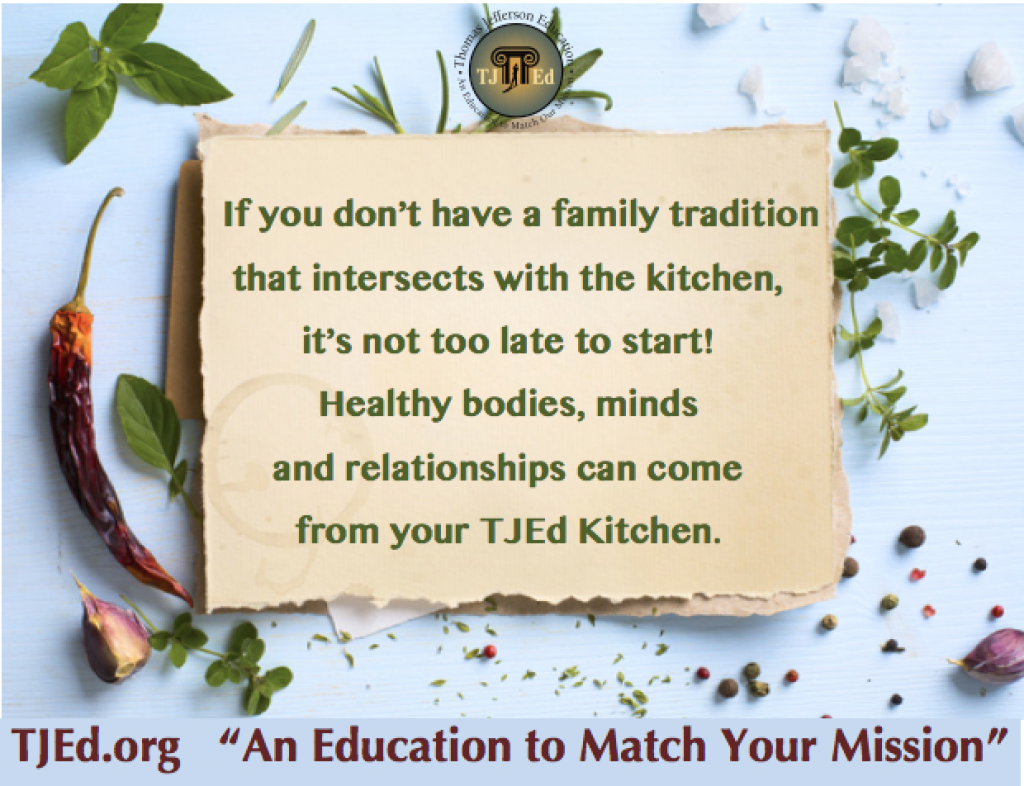


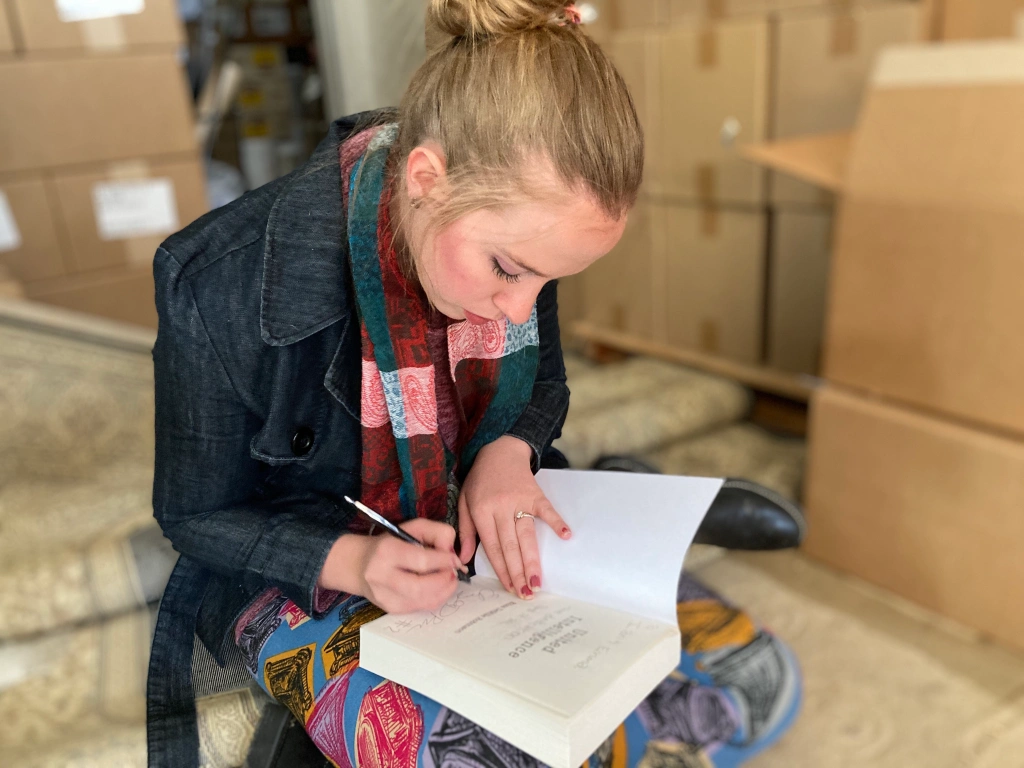


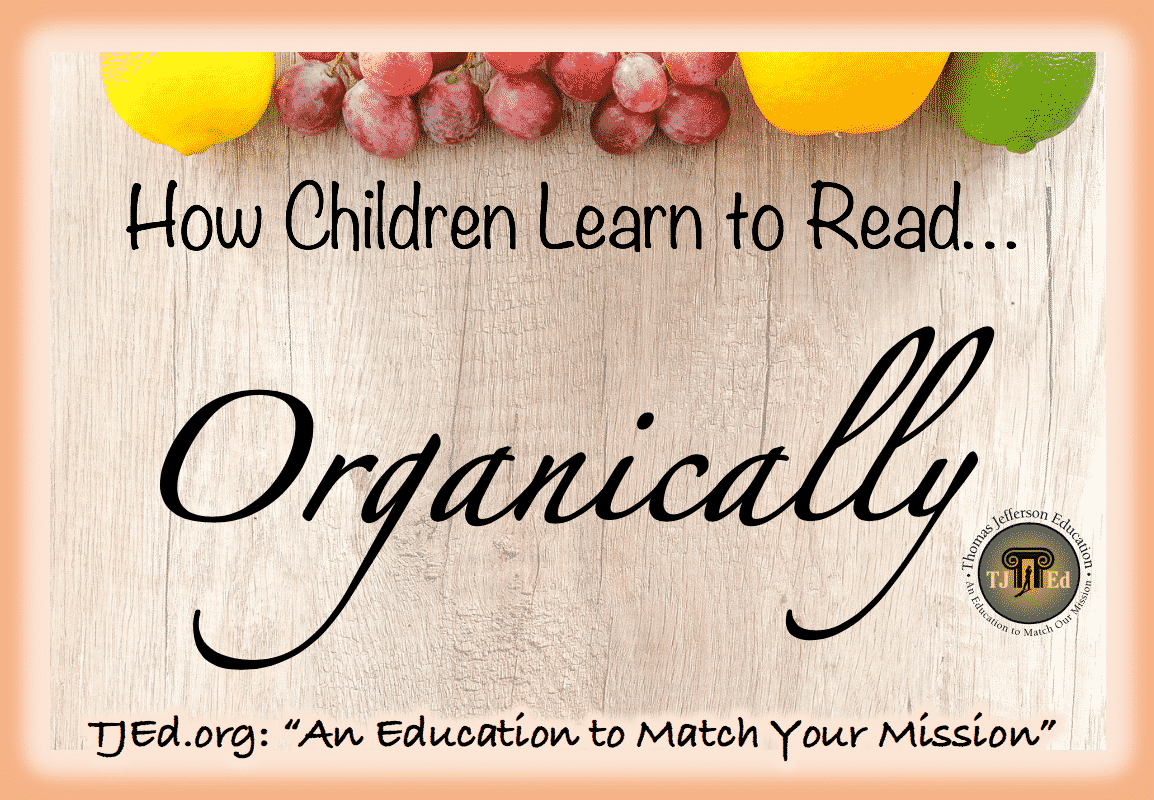
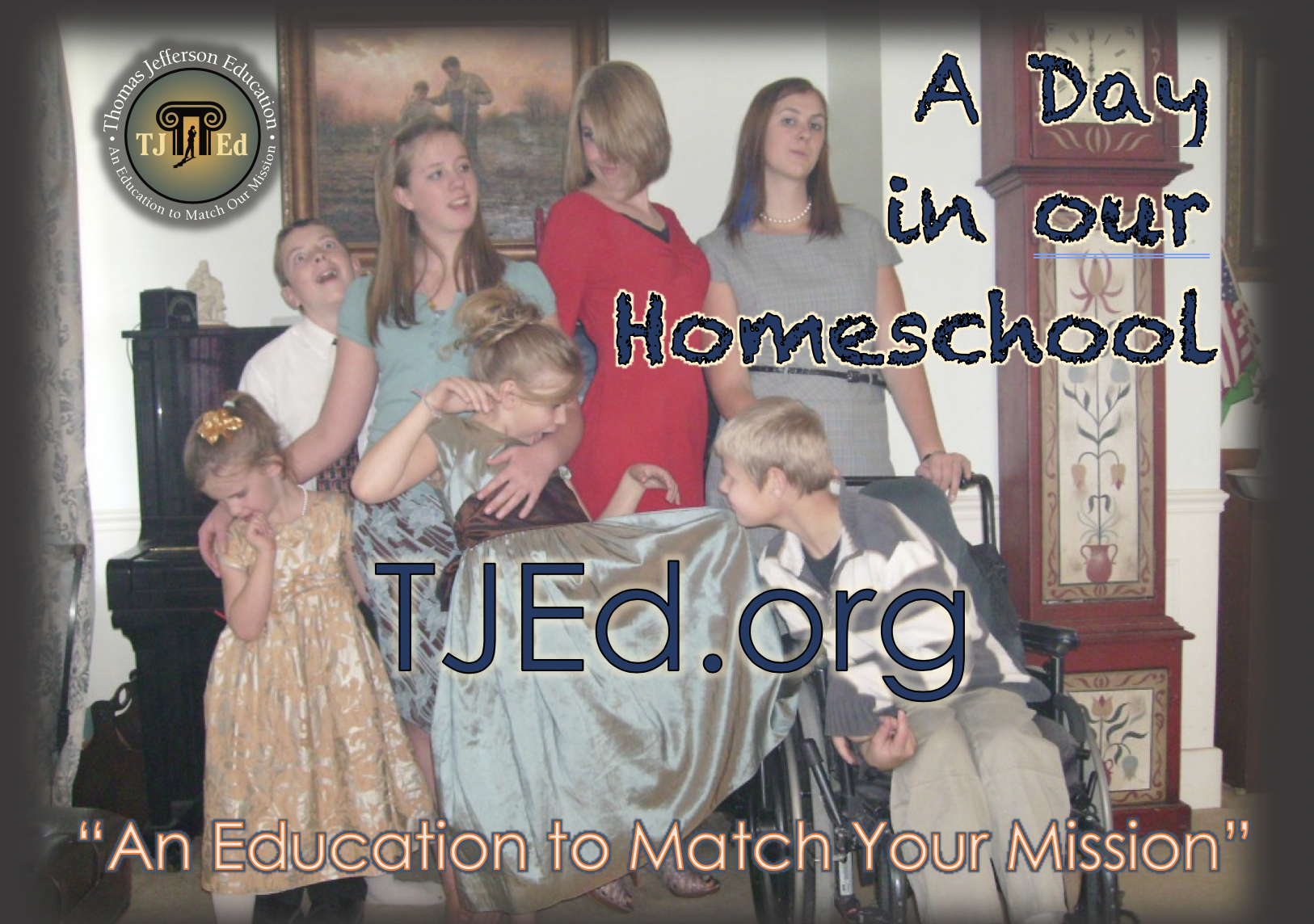


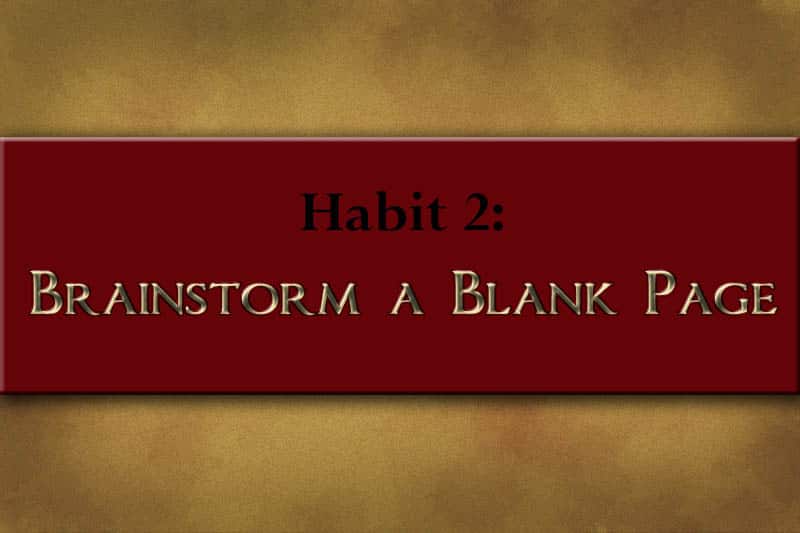





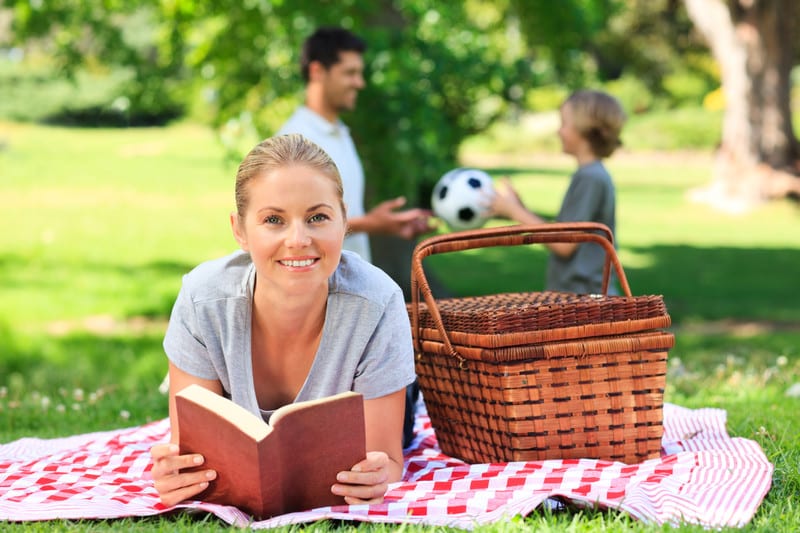

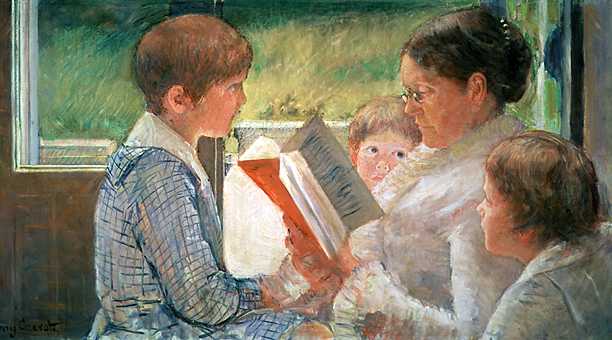

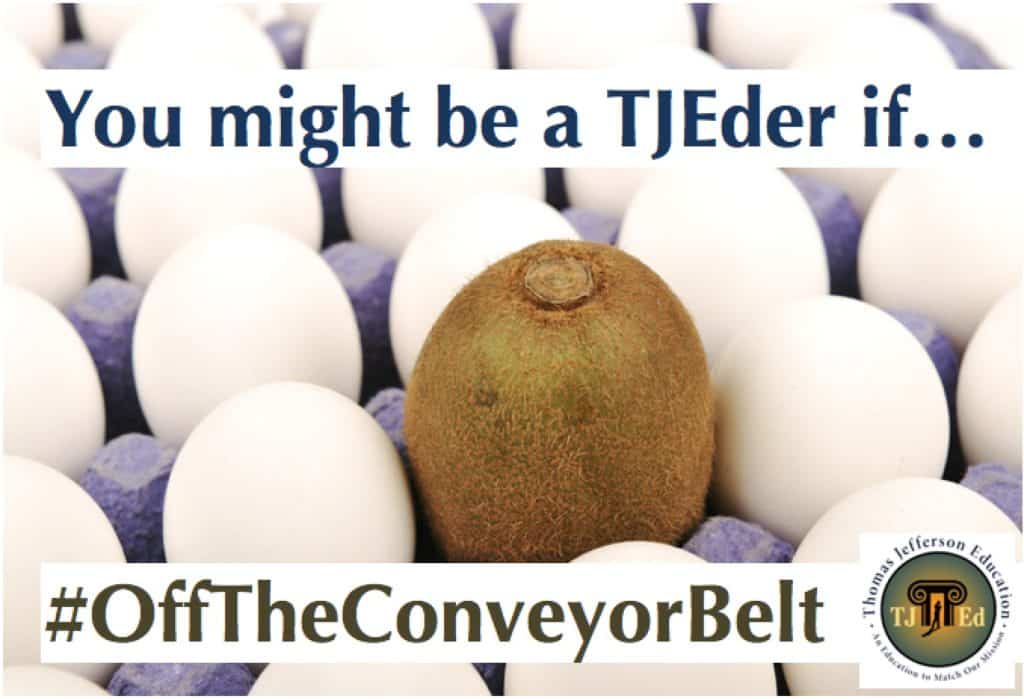
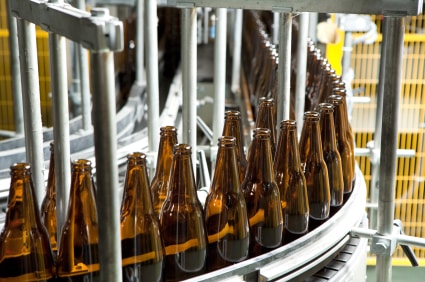

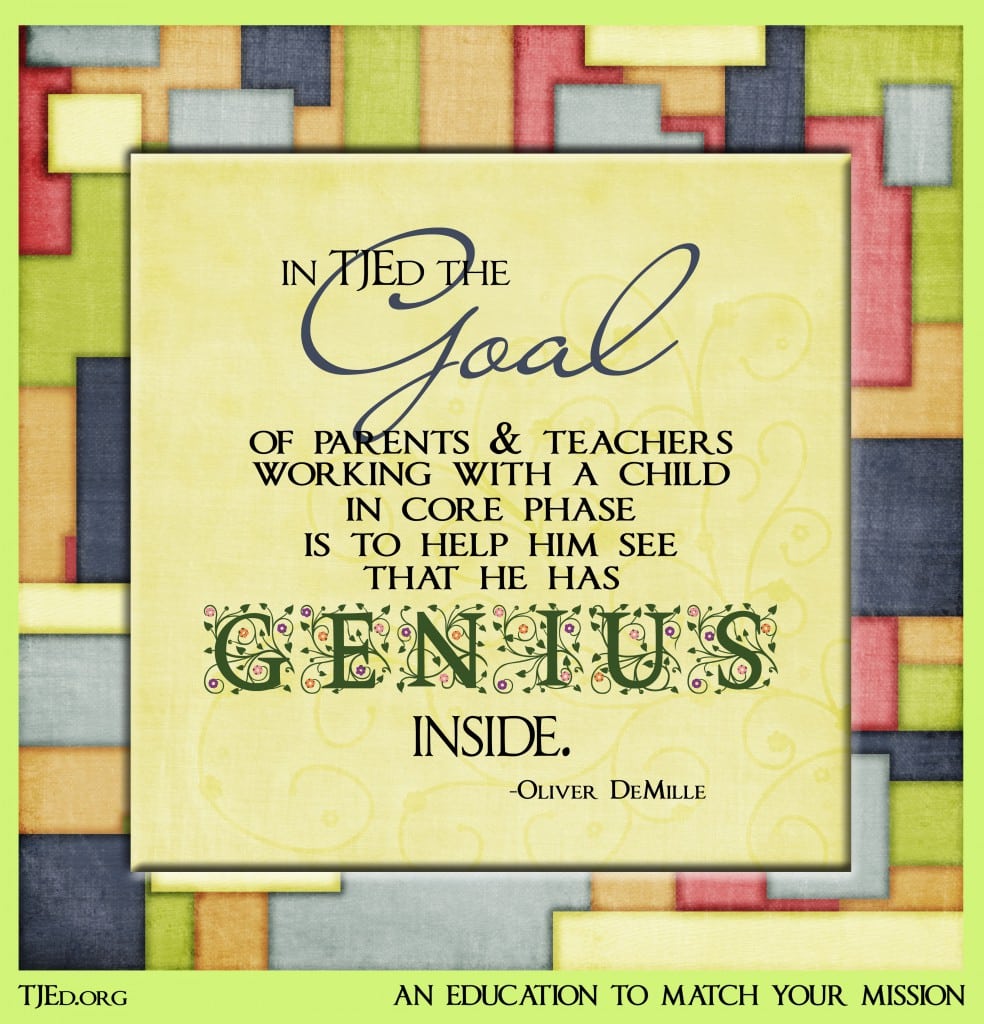
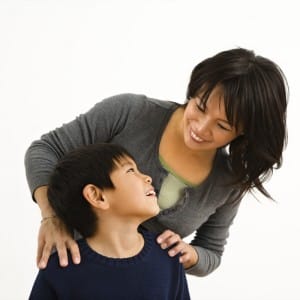


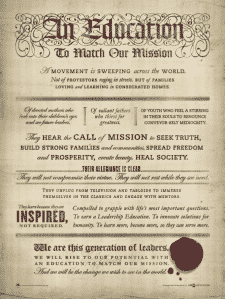


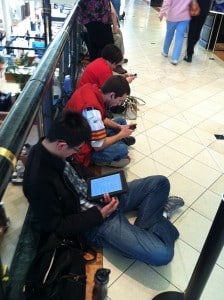
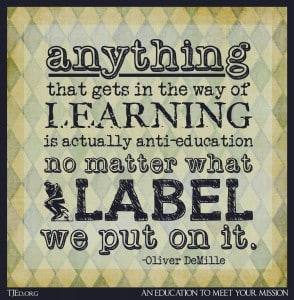
There’s more laughter (sometimes with full mouths), fun, and conversation in our kitchen and dining area than anywhere else in our lives. My kitchen is my favorite room in our home. Greatness and yumminess happen there.
Love this…and so very true. Must try a bit harder to spend more time in the kitchen …. with the boys.